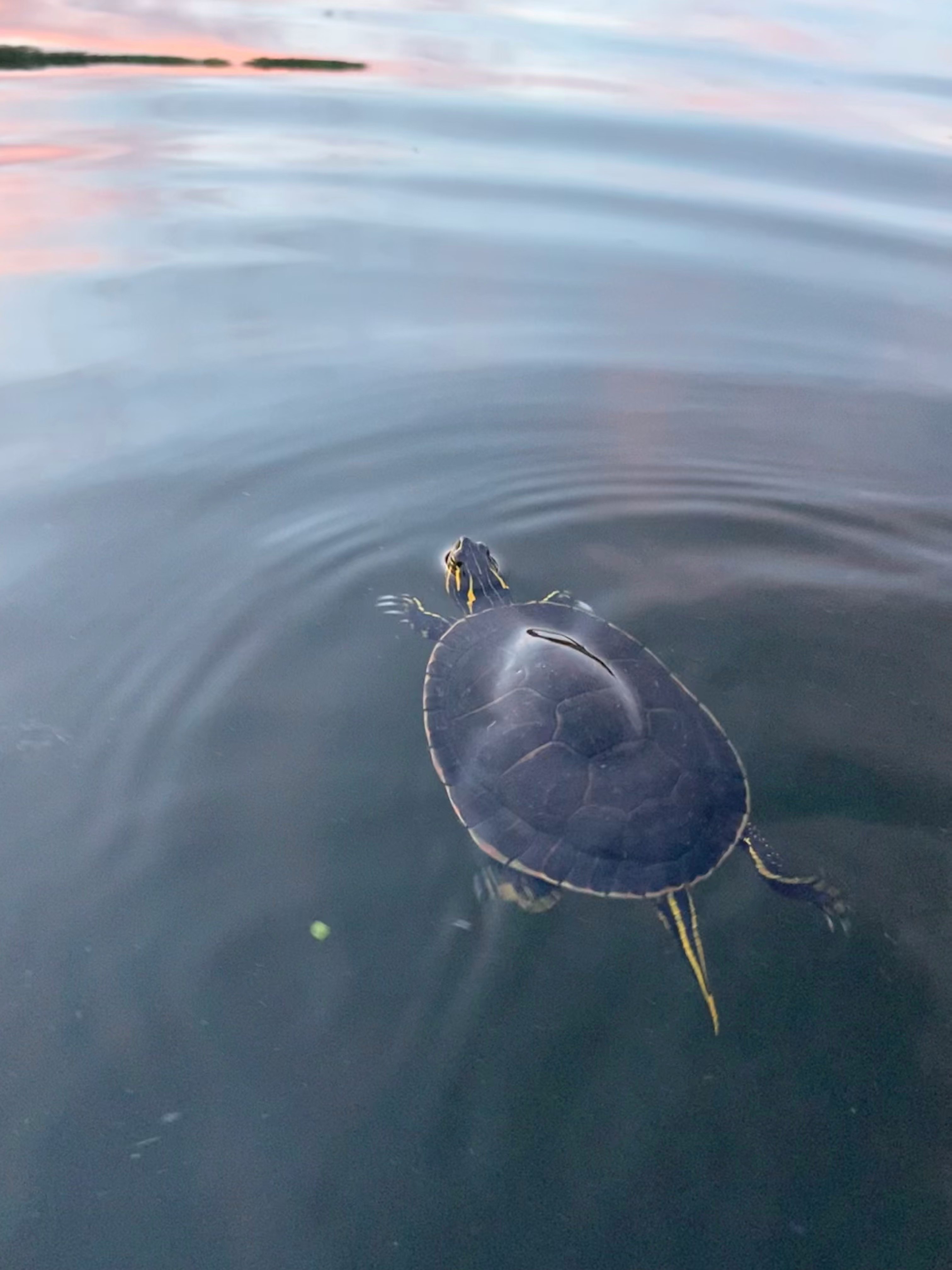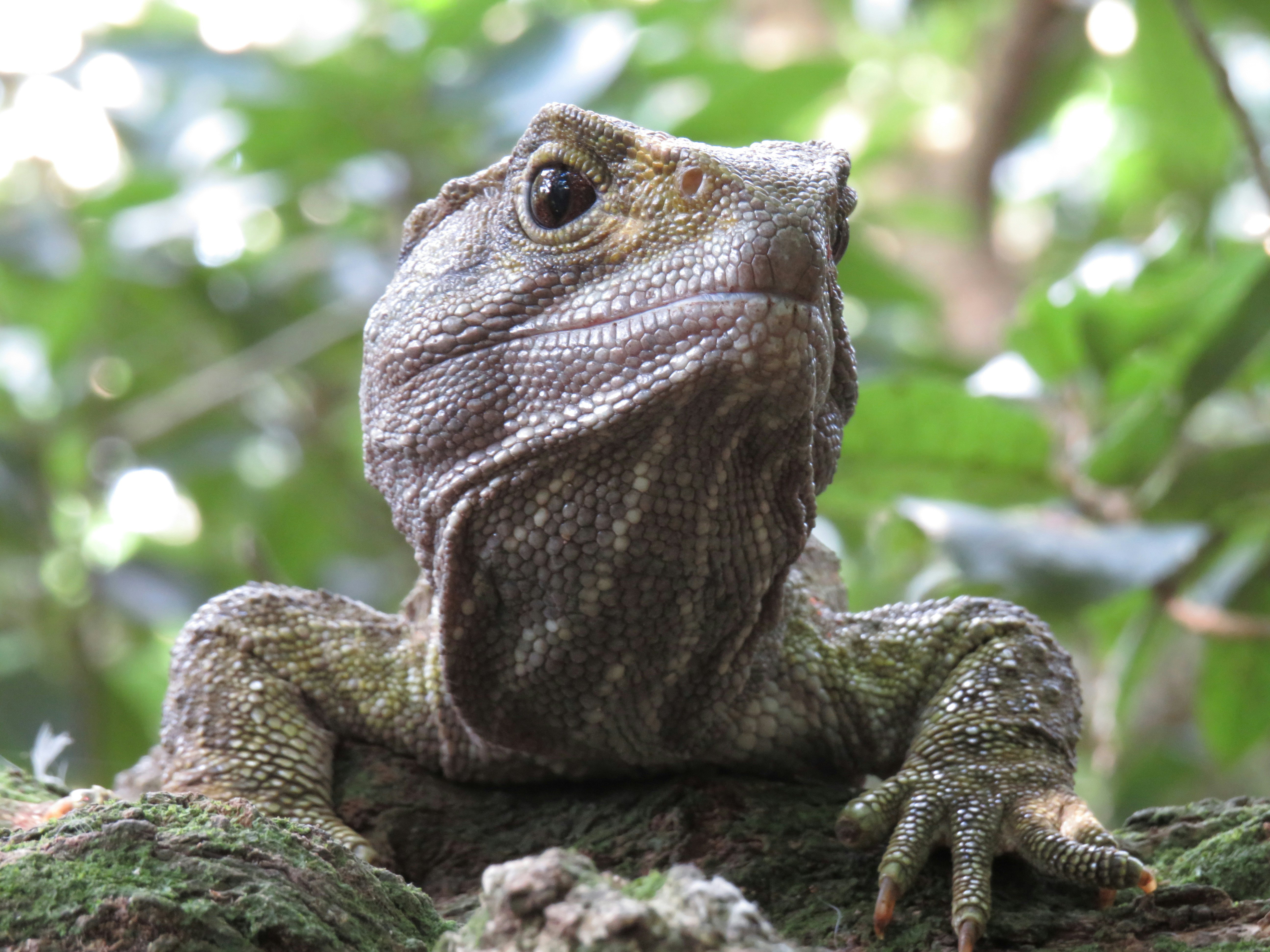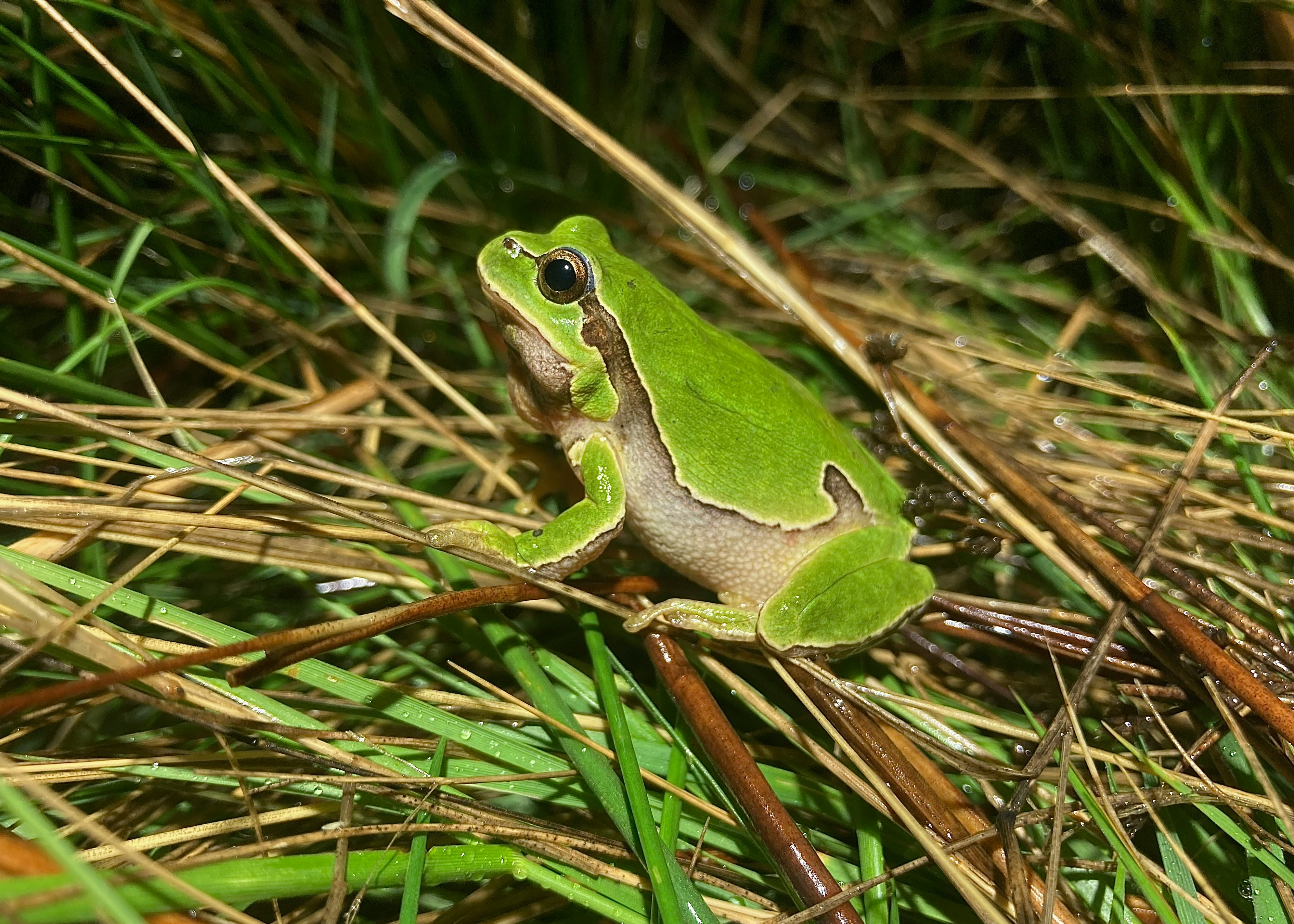
In the 2003 film ‘Finding Nemo,’ the protagonist Marlin, a clownfish, asks Crush, a sea turtle how old he is. Crush hollers: “Hundred and fifty, dude! And still young!”
This surfer turtle with a California drawl reminds viewers that turtles are incredible in part because of their longevity, even if they look like wizened old folks from the moment they’re born. Despite this, herpetologists (those that study reptiles and amphibians) know relatively little about reptile longevity, especially compared to their mammalian counterparts.
Reptiles frequently get short-shifted, both as favorite animals and as scientific specimens. “There’s always going to be more people who like cuddly or fluffy or soft things than there will be those who like scaly and slimy things like reptiles and amphibians,” says Alexander Pyron, an evolutionary biologist at George Washington University who focuses on those very scaly, slimy things. A recent survey of reptile species found that one in five of these creatures is endangered, a figure higher than previously estimated because reptiles often get left out of datasets.
Now, a new study attempts to tease apart exactly how it is a turtle can be 150 and still young. This paper, published today in the journal Science, examines aging rates and longevity in dozens of reptile and amphibian species.
What’s new — The largest study on reptile longevity to date examines four hypotheses behind the group’s remarkable lifespan. Dozens of researchers from around the world pooled data on 107 populations of 77 reptile and amphibian species.
The creatures examined are known in the reptile world as “herps,” according to lead author Beth Reinke, a biology professor at Northeastern Illinois University. Herps are cold-blooded, or ectothermic, reptiles. Fishes, for example, are also ectotherms, but they aren’t herps and weren’t included in the analysis. Reinke expected to find a bunch of instances like Crush — herps who, perhaps because they don’t devote energy to regulating their own body temperature in a state called thermoregulatory mode, have on average longer lives than warm-blooded, or endothermic, creatures. Instead, she found that herps actually can have either longer or shorter lifespans than endotherms.

“Based on a prior hypothesis of aging, we'd expect that ectotherms would be slower agers than endotherms and probably that thermoregulatory mode is the reason. However, since that's not the pattern we found, that meant there's a lot more going on,” she tells Inverse.
“Their range of aging and longevity extends beyond what we know for endotherms in both directions, which was really surprising.”
Crush apparently represents popular anecdotal evidence, which is that turtles can live to be super old. There are curmudgeons like Jonathan the Seychelles giant tortoise who reach a whopping 190, but herpetologists haven’t contextualized these delightful anecdotes within broader data. This study gives a better idea of how common it is for herps to live multiple centuries, and why that could be. The study’s researchers adjusted for reptile and amphibian size as well, so while a creature might have a shorter lifespan, for its size it might be impressively aged.
While this is the most comprehensive study of its kind so far, this sample size is just a drop in the bucket. “It’s a tiny, tiny fraction sampling and that reflects the difficulty and intensiveness of gathering these data,” George Washington University’s Pyron, who was not involved in the current research, tells Inverse. The sample makes up less than one percent of all 10,000 known reptile species.
Why it matters — While not every herp has found the secret to longevity, the ones who have may be able to help us better understand aging. Reinke says that she and her team found evidence in some species for a principle called negligible senescence, or aging. Negligible senescence means that throughout a creature’s life, its chance of mortality doesn’t change much. For example, Crush is no more likely to die due to natural causes at age 150 than he was at age 30. His body hasn’t aged much, so his chances of mortality primarily come from his environment. This phenomenon exemplifies the difference between one’s chronological age — how old they are in years — and biological age — how much the body has aged.
Pyron also points out that high variability in reptiles makes them worth studying in-depth. Looking at the magnificent variance between species can tell us about how evolution has changed. Pyron says that for example, while there are thousands of bird species, there’s not much variance between them — most of them have wings, feathers, beaks, and the ability to take flight. Herps, on the other hand, can come in all shapes and sizes, even within a family.
“Sea snakes to flying snakes, to flying lizards, to burrowing lizards, to legless lizards, to snakes that live in deserts, to snakes that live in the high Himalayas, in Tibet, in hot springs,” he says. There’s wider variation in a factor called functional diversity, which are traits acquired from different adaptations.

Digging into the details — Reinke and her massive team explored evidence behind four factors that could contribute to herps’ longevity:
- Thermoregulation
- Environmental temperature
- Protective phenotypes
- Life-history pace
The idea is that ectotherms don’t devote as much energy to constantly warming their internal body temperature the way endotherms do. Therefore, they can devote more energy to other functions. Reinke and her team came across the surprising finding in looking at thermoregulation that ectotherms had a greater variance of lifespan than endotherms.
In looking at environmental temperature, the team concludes that the rate of aging increased in reptiles, but decreased in amphibians when looking at average temperature. With waters warming from climate change, this theory is worth paying attention to.
Protective phenotypes refer to a reptile or amphibian’s natural protection, such as armor or venom. Those equipped with protection aged slower than those with zero protection. Furthermore, those with physical protection like a shell outlived those with chemical defenses, such as venom or skin toxins.
Life-history pace looks at biological aging versus chronological aging. In particular, this team examined aging in relation to mating practices. In reptiles, slower rates of aging corresponded with first reproduction at a later age. On the other hand, amphibians showed slower rates of aging with larger annual mating seasons.
What’s next — Pyron wants to see clade-specific analyses; that is, more detailed examinations of smaller groups. He often works with lungless salamanders, which are one of the most diverse reptile groups at a fine ecological scale, and so comparing aging between different types of these salamanders could provide even more refined data.
“They could go a step further and start to untangle really fine-scale processes or mechanisms that are driving rates of aging or longevity like temperature or water balances or different elevational shifts,” he says.
Reinke sees two principal directions where this research could head, one of which they’re already pursuing. That one could regard how sex differences affect aging, and the other runs along the lines of what Pyron wants to see. The researchers did look at some geographically different populations of the same species, and found that aging rate and longevity varied among them. “What’s driving that? How drastic is that variation? What species have it, and are there any species that don't have that variation?” Reinke says.
Reptiles and amphibians might not get the same love as warm-blooded creatures, but they may be able to teach us how to reach age 150 and still ride the East Australian Current in style.







